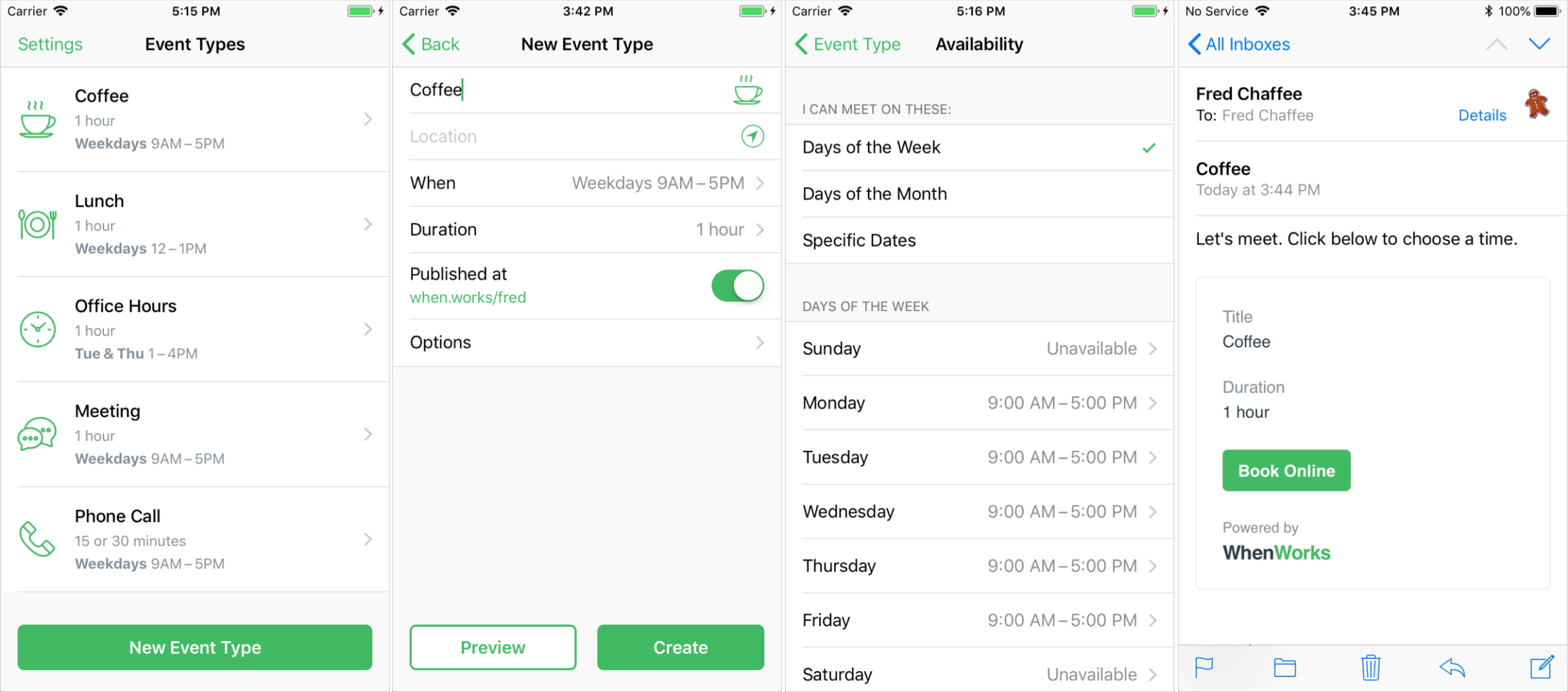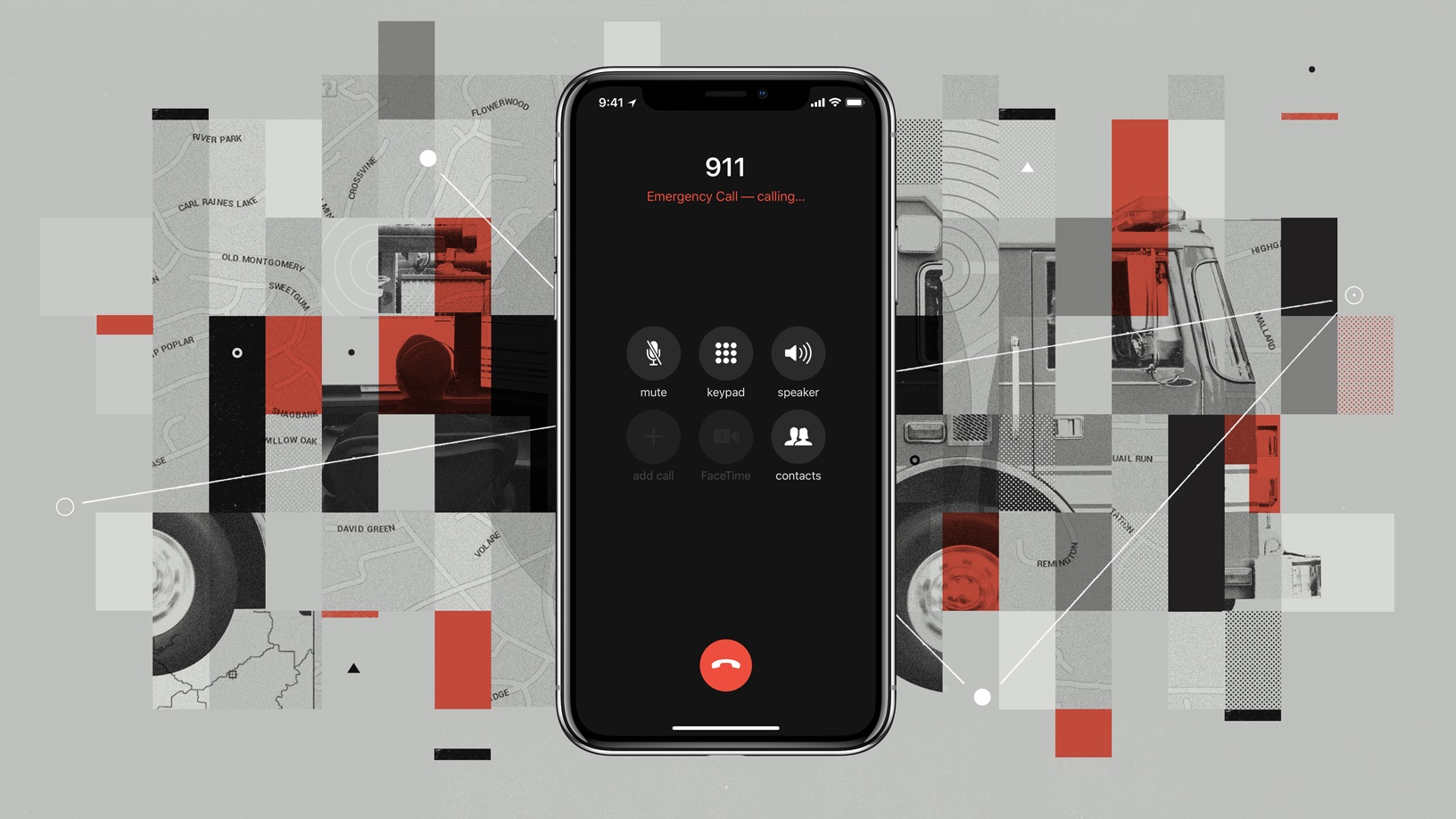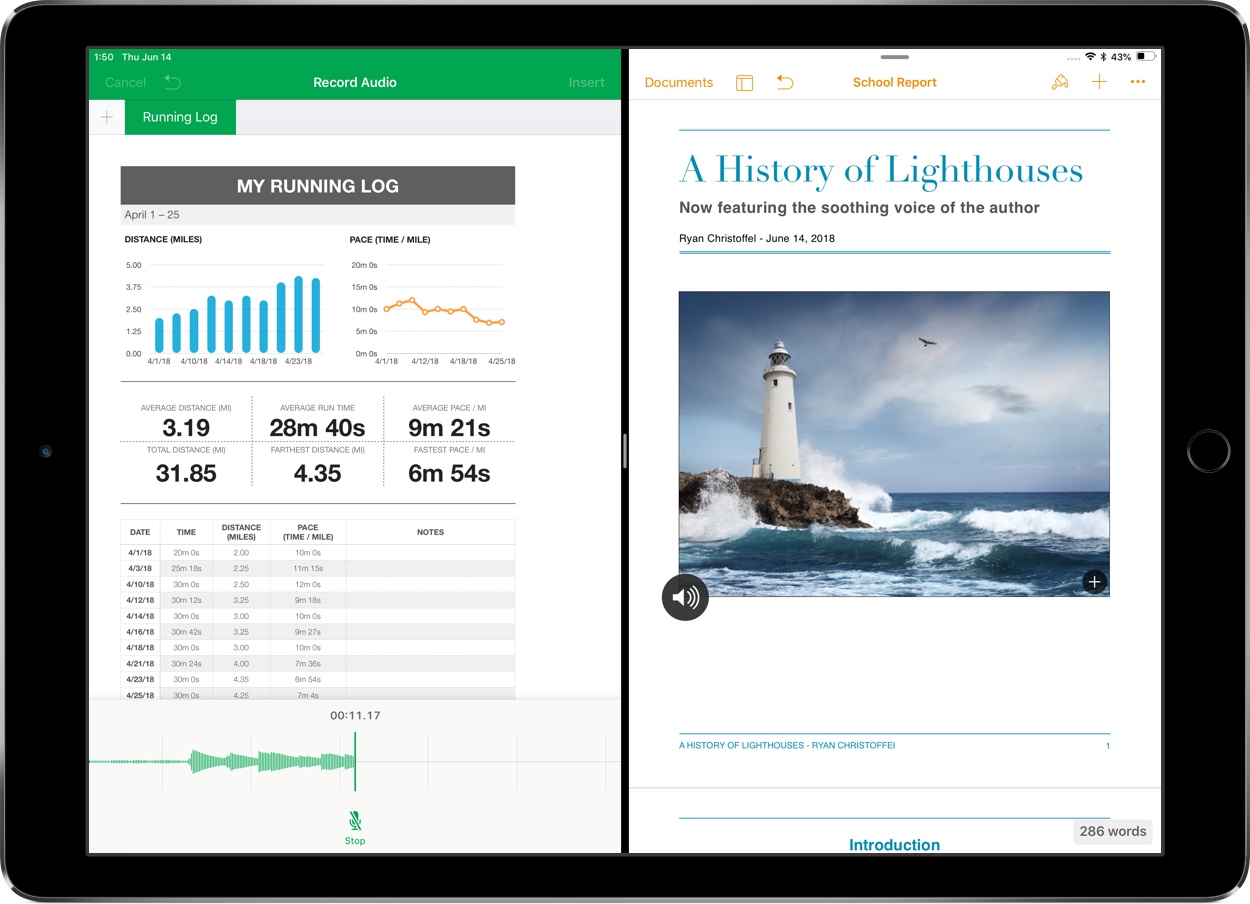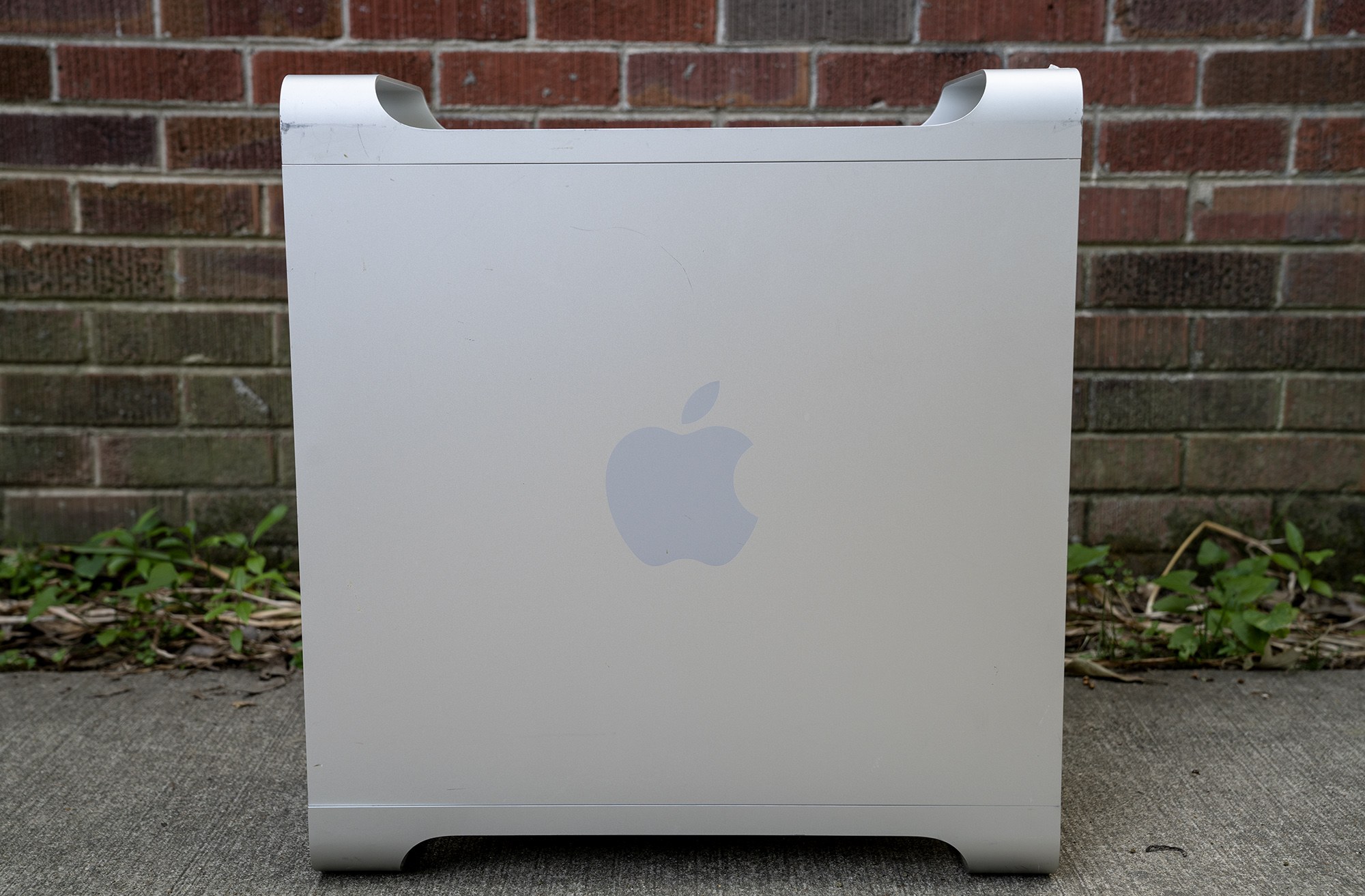WhenWorks is a new iOS app (and web service) from John Chaffee, creator of BusyCal. While it’s still related to calendars, it serves an entirely different purpose than BusyCal: making it easy for people to schedule time with you for meetings, lunches, podcasts, or anything else for which you’d usually do the back-and-forth availability dance.
WhenWorks Ends the Scheduling Back-and-Forth
Tame Your Inbox with SaneBox’s Customizable Tools [Sponsor]
At its core, SaneBox is about making sure that only your most important messages hit your inbox. Other messages are safely stored in automated folders like the @SaneLater, @SaneBulk, and @SaneNews folders for reviewing later.
But email sorting is just the tip of the iceberg. With custom folders, custom snooze settings, and @SaneReminders, SaneBox takes email management to the next level.
Set up a custom folder and train it by dragging in a few messages. SaneBox will send all messages from the senders to your new folder. It’s a painless way to organize messages for a special project.
SaneSnooze folders can be customized to defer messages anywhere from hours to weeks. SaneBox comes with default snooze folders like @SaneTommorrow and @SaneNextWeek, but adding custom snooze folders lets you set when messages reappear in your inbox with precision.
SaneReminders are a great way to keep on top of tasks. Send yourself a reminder to do something later or get a reminder that someone hasn’t responded to a messages. For example, blind copy [email protected] and the message will show up back in your inbox only if the recipient doesn’t reply within 3 days.
Also, don’t forget that SaneBox works on top of your existing email setup. There’s no app to download or new email account to set up. You can use any email client you want.
Sign up today for a free 14-day SaneBox trial to take back control of your email. MacStories readers can receive a special $25 credit automatically by using this link to sign up.
Our thanks to SaneBox for sponsoring MacStories this week.
iOS 12 Will Add New Emergency Calling Feature
Apple has announced a new emergency calling feature for iOS 12, which wasn’t revealed at WWDC two weeks ago. The new functionality will provide automatic, precise location information to first responders when iOS 12 users call 911 in the United States. According to Apple’s press release:
Approximately 80 percent of 911 calls today come from mobile devices, but outdated, landline-era infrastructure often makes it difficult for 911 centers to quickly and accurately obtain a mobile caller’s location. To address this challenge, Apple launched HELO (Hybridized Emergency Location) in 2015, which estimates a mobile 911 caller’s location using cell towers and on-device data sources like GPS and WiFi Access Points.
Apple today announced it will also use emergency technology company RapidSOS’s Internet Protocol-based data pipeline to quickly and securely share HELO location data with 911 centers, improving response time when lives and property are at risk. RapidSOS’s system will deliver the emergency location data of iOS users by integrating with many 911 centers’ existing software, which rely on industry-standard protocols.
The FCC has mandated that mobile phone carriers locate callers within 50 meters 80% of the time by 2021. According to Apple’s press release, Apple’s HELO technology is capable of meeting and exceeding those standards today, and with the adoption of RapidSOS’s protocol this fall in iOS 12, those benefits will be enjoyed by 911 call centers too.
Fixing 3D Touch→
I should start with the obvious. 3D Touch is broken! The user experience is far from great. Apple introduced 3D Touch and its new related interactions Peek and Pop in 2014. It’s been almost 4 years since its first introduction, yet people don’t know/use 3D Touch. Why would they? Even tech-savvy users don’t know which buttons offer 3D touch. Let alone regular users.
What would happen if we decide to make all links same color and style as the regular text? People would not know what to click on right? Why is 3D Touch be any different? We rely on our vision to decide actionability before anything else. If you can’t distinguish 3D Touchable buttons from those that are not, how are you supposed to know you can press on them? Look at this screenshot and see if you can tell which of the buttons can be 3D Touched.
I couldn’t agree more with the idea of “decorating” buttons with 3D Touch visual cues.
Here’s the thing: I use 3D Touch a lot, and I love the fact that it’s the modern equivalent of a contextual click, but, anecdotally speaking, I’ve never seen any of my friends or relatives use it. Not the quick actions on the Home screen, not peek and pop. It’s like 3D Touch just isn’t there for them. It’s hard to say whether the very concept of 3D Touch is flawed or if iOS’ design prevents discovery of this unique interaction. However, the argument that an interface with little depth doesn’t lend itself well to a gesture built around pressing into UI elements is a compelling one. It’ll be interesting to see what happens with future iPads and iPhones, too.
Apple Announces Video Deal with Oprah Winfrey
In a brief press release today, Apple announced a multi-year deal with Oprah Winfrey to produce original video content. From the press release:
Together, Winfrey and Apple will create original programs that embrace her incomparable ability to connect with audiences around the world.
The project joins more than a dozen others that have been signed by Apple for video content in the past year or so. There is no word yet on when the programming might be released, but CNN Money reports that Oprah is expected to have an onscreen role as a host and interviewer.
Competition among Apple, Netflix, and Amazon for original video content continues to heat up. Against the backdrop of consolidation among traditional media companies and telecommunications companies like the recently-closed AT&T/Time Warner merger, the stage seems set for major shifts in the video entertainment industry.
WWDC Opens Up
I’ve witnessed a slow but encouraging evolution take place over the past six years that has transformed WWDC for the better. When I first flew to San Francisco in 2013, WWDC was a self-contained event. Other than the Thursday night bash, the conference happened entirely within the fortress-like hulk of Moscone West. Developers and others in town for the week gathered outside the convention center in restaurants, bars, and hotel lobbies, but there were few organized activities if you didn’t have a ticket. That’s changed.
Behind the Mac: A Video Series Profiling How Creators Use the Mac
Apple has debuted a series of four videos on its YouTube channel called Behind the Mac that focus on the Mac as a tool to unleash creativity.
Three of the videos profile individuals. Recording artist Grimes is interviewed about how she uses a MacBook to create music, Peter Kariuki explains how he built an app to monitor driver safety in Africa, and Bruce Hall, a legally blind photographer, shows how he uses a Mac to process his photographs.
The fourth video is an montage that includes clips of each of the creators along with other people using Macs to make art. Interestingly, the spot includes a wide range of Mac laptops ranging from the white polycarbonate MacBook to current MacBook Pros. Each of the videos closes with the prompt ‘Make something wonderful.’
What I like best about these videos is their focus on the work of each creator. Like many users, I’ve been frustrated by the lack of updates to parts of Apple’s Mac lineup and issues with its laptops’ keyboards, but I still enjoy seeing what even older-model Macs can help people create. I expect we’ll see more of these videos debut in the coming weeks.
iWork 4.1 Adds Audio Recording Capabilities, Various Minor Improvements
Apple updated its iWork suite for iOS today to version 4.1, bringing a variety of small improvements along with one centerpiece feature: support for audio recordings.
The Mighty Power Mac G5
Last month, we looked at the Power Mac G4 line, a series of computers that defined the professional workstation for OS X users for many years.
In June 2003 — 15 years ago this month — Steve Jobs took the wraps off its successor, the Power Mac G5.








